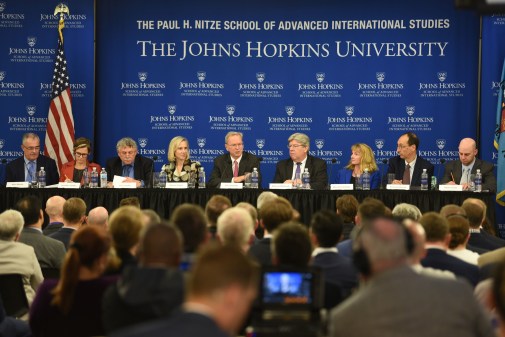Another measure making this procurement different is that HHS had ASPE attach what Naggar called “a look under the hood.” Amended to the main documents are screenshots and schematics that ASPE wants redesigned. “It really gives a lot of information to potential contractors to help them structure their concept and cost proposal,” he said. “I think without having that, they would have a much harder time estimating how much time and money it would cost them.”
Then based on cost and prototype superiority of the different contractors, ASPE will select a winning bidder to iterate and build out the final product. And at that point, the workflow is already far ahead of normal pace.
“You’ll actually have a starting point when you select a vendor,” Sivak said. Unlike the “waterfall process” of traditional procurement, he said “what we’re talking about here is actually getting to that first point a lot faster, because we’re going to be starting with some working code.”
Naggar added: “When you get this minimum viable prototype initially, you’ve already jumped ahead. By the time you award the contract, you already have something to start from and you can iterate from there.”
Born out of the agency’s IDEA Lab, the Buyers Club’s longevity in unknown. But there’s a need for this kind of overhaul around federal government, as pointed out by the Standish Group’s 2013 Chaos Manifesto, and the hope is the success stories will transcend agencies.
“Given the past year or so with a lot of attention on failed IT system acquisition, there’s been tremendous emphasis on looking at how we operate,” Naggar said. “But we operate in these silos, so that we don’t really know what each other is doing. There’s starting to be more collaboration.”
Sivak is open to passing on the lessons learned from this trial to anyone and everyone. “I’m never one to operate in a proprietary fashion, so I believe anything we do can and should be exported, we should look at what other people are doing — sharing of all this stuff is really important,” he said.
Contractors have until Aug. 19 to submit their initial proposal. Sivak said the project has been set aside for small businesses and that HHS has been reaching out to the smaller, more-innovative contractors. “We’d love to get some folks into the mix that are new to government or that haven’t really worked in the public sector,” he said.




